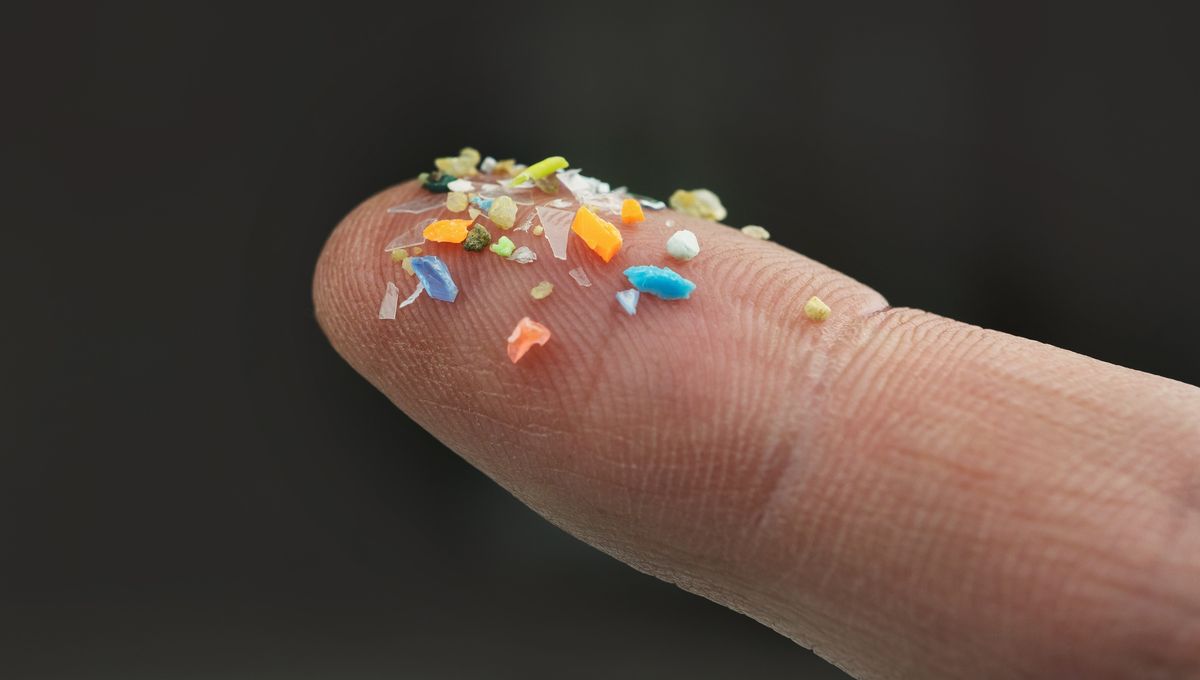
Adding to a growing list of body parts in which microplastics have been found, researchers have now, for the first time, identified the problematic particles in human penises.
Microplastics are fragments of plastic less than 5 millimeters (0.2 inches) in length and can come from a variety of sources, such as plastic manufacturing or the degradation of plastic items. Having seemingly infiltrated their way into every nook and cranny, some are concerned as to the implications for our health.
The first step in this is establishing where they’re present in the body, and scientists from the University of Miami, University of Colorado, and research institution Helmholtz-Zentrum Hereon set to finding out if they could be found in penises.
To do this, the team took penile tissue samples from six individuals – with one of the samples acting as a control – undergoing surgery to treat erectile dysfunction. They then analyzed the samples for microplastics using a technique called Laser Direct Infrared (LDIR) microspectroscopy, which can tell scientists which microplastics are present, how big they are, and how much of them there is.
The analysis revealed that microplastics could be found in 80 percent of the samples, ranging from 20 to 500 micrometers – although another microscopy technique identified some that were just 2 micrometers (thousandths of a millimeter, if you need an idea of just how small that is).
These microplastics (MPs) were of seven different types, though the most prevalent was polyethylene terephthalate at 47.8 percent. More commonly known as PET, this plastic is often used in clothing and food and drinks packaging.
The second most common plastic in the sample, at 34.7 percent, was polypropylene, which has a wide range of applications from firmer food packaging to plastic laboratory items.
“Our study presents a groundbreaking investigation into the presence of MPs in penile tissue,” the authors write. “By shedding light on the presence of MPs in human tissues, our research adds a crucial dimension to the ongoing discourse about the effects of environmental pollutants on human health.”
Though this study marks the first time microplastics have been found in penile tissue, it’s not the first time that they’ve been found in the general area. Earlier this year, scientists detected “significant concentrations” of microplastics in human (and dog) testes, whilst a later study found them in every single one of the 36 semen samples the researchers tested.
In all cases, though pointing out that more research is required, scientists have pointed to the possible implications for reproductive health – in this study, positing whether microplastics might have an effect on erectile dysfunction.
Speaking to Sky News, lead author Dr Ranjith Ramasamy concluded: “Since we know [microplastic] lingers in the penis, we need to now focus on research that could explain mechanism.”
The study is published in the International Journal of Impotence Research.
Source Link: Microplastics Have Been Found In Human Penises For The First Time